South American Galleries / Global
Show and sell
Collectors may only just be cottoning on but art is thriving in Buenos Aires, São Paulo and Bogotá, and with the help of Art Basel Miami Beach it is reaching new markets.
The art world loves a nascent market. The Middle East one minute, China the next, wherefore art thou, Mexico? But few have proved as disparate as the South American scene. Is there a scene at all? As blue-chip Western galleries have leased prime Hong Kong real estate to sell work to China, the portal through which South American galleries sell to North America, Europe and Asia is an art fair in Florida.
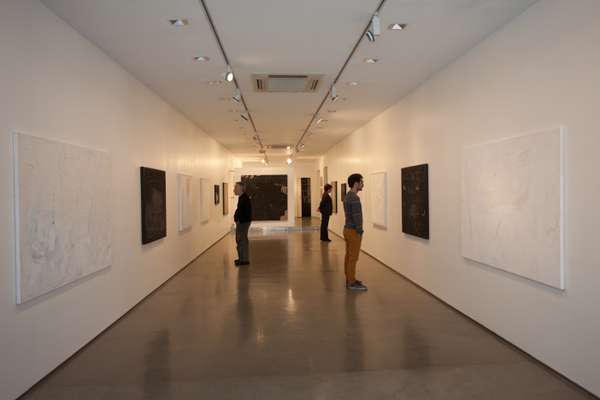
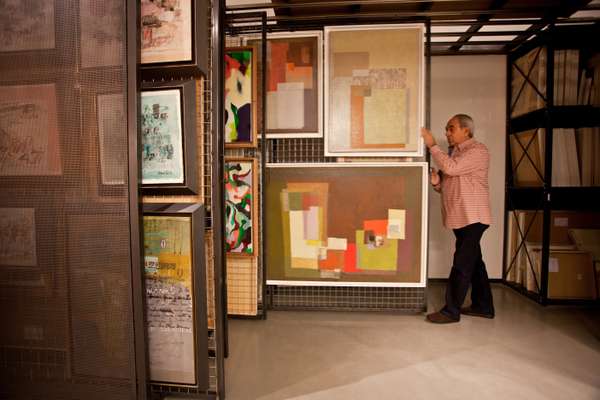
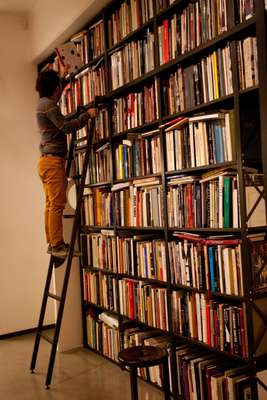
As handsome as the shop windows of various galleries in São Paulo, Bogotá and Buenos Aires are, Art Basel Miami Beach (5 to 8 December) is still the department store in which they sit, the conduit through which they meet and greet. It’s near enough and Latin-flavoured enough to be a home from home.
The fair can also lay claim to being a handy editor – Art Basel’s quality control is second to none. So monocle roved around three key South American art cities to ask who’s buying what, to gauge the health of the local market and to assess the importance of the fair up there in Miami.
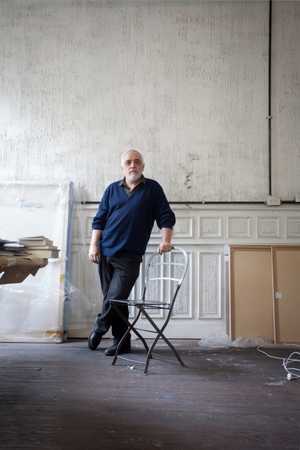
01
Galería Jorge Mara – La Ruche
Buenos Aires
The frontage is floor-to-ceiling glass; the exhibition area understated. Located in the affluent Recoleta neighbourhood – and in its current location since 2007 – owner and curator Jorge Mara welcomes monocle to his gallery. After a tour, we join one of the gallery’s most successful artists, Eduardo Stupía, for lunch. The topic quickly turns to Art Basel Miami Beach, which the gallery will be attending for a third time this year.
“Art Basel was a godsend for the Latin American market,” says Uruguay-born Mara between mouthfalls of Veal Milanesa. “There are so many Brazilians buying property in Miami and they need something on their walls.”
Mara, who ran a gallery in Madrid in the 1990s, says he works mainly with established artists, nearly all of them local, and will be exhibiting the works of Sarah Grilo from the 1950s and 1960s, drawings by Carlos Arnaiz and Brazilian “Concretismo” artist Macaparana, alongside Stupía and others.
For Mara, Miami has something a little bit different – a touch of stardust. “It’s showy, so there’s a lot of excitement,” he says. “People want to buy.” Stupía, who says he always does well in Miami, attends in person and chats with collectors. This hands-on approach is surprisingly rare.
For now, the Argentinian buyers market is yet to take off – although they tend to buy more in Miami than Buenos Aires, Mara explains. Art Basel Miami Beach is nevertheless creating a new breed of buyer, especially in the US, where alongside individuals, museums and cultural institutions are taking an increasing interest in Argentinian and Latin American art.
“We have very good artists and internationally they are still affordable,” Mara says. “The big satisfaction is selling to somebody who really enjoys it. Otherwise you might as well be a banker.”
Gallery snapshot
Year opened: 2001 (founded as Galería Jorge Mara in 1984 before moving to Spain and finally back to Buenos Aires)
Number of staff: Four
Gallery snapshotInternational fairs: Art Basel Miami, Art Basel Hong Kong, ArtRio, arteBA, Arco Madrid
Sales: 60 per cent international, 40 per cent domestic
Curator’s word: “I work with mostly Argentinian established artists. I’m very faithful to them and try to show them at all the fairs I attend.”
In the studio with…
Eduardo Stupía at his studio in the Almagro neighbourhood, Buenos Aires
“I am not a nine to five artist. I head to the studio at around 11.00, perhaps, and sometimes at night – but when I come here I normally work for three or four hours. It’s very rare that I work more than five hours a day but I do try to come every day.
It’s hard to have a regular routine because I do lots of other things including teaching and some writing. I had this friend who rented this other room here to store furniture and he told me about this big other room at the front. When I saw it I immediately fell in love and had to rent it.
The building is from 1910: it’s very classical in style with wooden floors, Italian mosaic tiles and stained-glass windows. There are seven other artists who work in the same building and there’s an architecture workshop at the back. I work in silence, even though I normally listen to a lot of music. I’m used to the street noise, it doesn’t bother me; it’s like having company.
I produce around 60 new works a year. I use all kinds of materials mixed together, often very antagonistic – charcoal with oil, enamel, pencil, pastel, graphite, acrylic and watercolour – because I think when you mix materials you are also mixing a certain type of language. Each material has its own character, its own quality and its own spirit.
I am not a contemporary artist. I’m an old-fashioned artist. I am very attached to the illusion of representation. I stay in the canvas – everything happens in the canvas. I don’t have irony or cynicism and I don’t look at myself as part of the contemporary movement because sometimes the artist is almost more important than the piece – the artist is a character and has to make bold statements. I’d rather not dictate, which is why I never name my pieces of work. It has to do with my generation, my age and my type of work. I produce modern rather than contemporary art, in terms of style, concept, language and approach.”
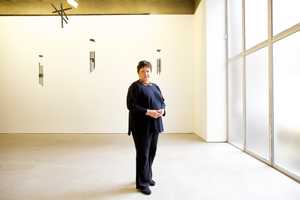
02
Galeria Luisa Strina
São Paulo, Brazil
Galeria Luisa Strina is the oldest contemporary art gallery in São Paulo and 70-year-old Strina is the grande dame of the Brazilian art market. The gallery is located in Cerqueira César, an upwardly mobile bairro just west of the city centre. One gets the feeling, too, that Strina has seen and done it all as she chats with monocle after catching a flight from New York earlier that day.
Located near a cluster of international consulates, as well as the vast concrete slab that is the Museu de Arte de São Paulo Assis Chateaubriand, Galeria Luisa Strina has some 40 artists on its books. The gallery is an old-timer on the international fair scene: Strina attended Art Cologne back in 1989 and was the first Latin American gallery to exhibit at Art Basel, Switzerland, in 1992.
For the dealer the Miami Beach edition differs from its European counterpart for two reasons. Firstly, there is less competition in the contemporary field than she has to deal with in Europe, she admits. And secondly, Miami Beach feels every inch the New World fair. “There are lots of collectors there that are just starting their collections,” Strina says.
Strina is keen to point out her gallery represents the whole of Latin America, with an artist list that includes young Colombian Nicolás París who often works with mixed media; Mexican Pedro Reyes who has built a set of instruments from weapons collected and destroyed by the national army; and Buenos Aires-based Jorge Macchi who works across everything from installations to watercolour.
The gallerist thinks the Latin American scene’s lack of formality is beginning to work to its advantage – and one of the reasons the region is getting more and more recognition at international art fairs and biennales. “I always say that here in Latin America there hasn’t been much of an art school influence, and this allows artists to produce whatever they want,” she says. “It’s much freer as there aren’t any rules. There’s no self-censorship that artists who go to school tend to have. And Latin American art also has a sense of humour. You don’t see this in works from elsewhere – it’s very fresh.”
Despite the fatigue from the long New York flight there is lots of work to be done. monocle’s attempts to probe about how the stand in Miami would be curated are thwarted as Strina, juggling her workload, needs to organise a meeting with staff to discuss ideas.
The art market is growing in Latin America and Miami is a focal point for it, Strina believes. And while it’s currently impossible to think in terms of a regional rival to Art Basel, sp-arte in São Paulo and ArtRio may have an ever-increasing part to play in the future as the market continues to expand. “There’s money here but people aren’t yet using it to buy expensive artwork yet – but it will happen,” adds Strina. “I see Colombia and Peru as the major growth areas for art going into 2014. They have very good collectors and they buy a lot.”
Gallery snapshot
Year opened: 1974
Number of staff: 11
International fairs: Art Cologne, Art Basel, Art Basel Miami Beach, arteBA, Frieze London, Arco, The Armory Show, FIAC Paris, Zona Maco Mexico
Sales: 60 per cent international, 40 per cent domestic
Curator’s word: “The gallery has always been committed to disseminating Brazilian art both here and abroad. Our concern has always been the quality and complexity of artworks, regardless of the medium – although we have had a special focus on more experimental art.”
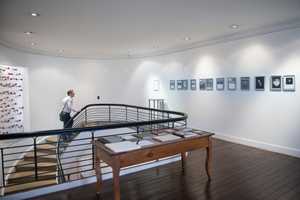
03
Galería Casas Riegner
Bogotá, Colombia
Catalina Casas speaks flawless English with an American accent – the product of years spent living in the US. The Colombian art dealer and curator has now swapped the tropics of Miami, via a stint in Connecticut, for the more temperate climes of Bogotá. But the three years spent in Florida continue to have a huge influence on her career. The 41-year-old moved to the city in the year that Art Basel Miami Beach was meant to launch – subsequently cancelled due to the 9/11 attacks – opening her first gallery there, Casas Riegner, that same year.
Casas says it was “coincidence but also great timing” moving to Miami when the art gallery scene was on the up. Conversely, the 2001 cancellation made the media switch its attention to local galleries and collectors, helping promote a scene Basel has since been able to tap.
As with all the key moves in her life, she jokes, the move back to Colombia in 2004 was again motivated by personal reasons. But there’s still an obvious synergy with Miami, only a three-hour flight from Bogotá. “Moving to Colombia was very important because it gave me the chance to work directly with amazing artists from here,” Casas says, chatting from the beautiful English-style 1940s building that functions as the Colombian incarnation of Casas Riegner.
She speaks to monocle after a day spent at artBO fair, the ninth time her gallery has attended. “The art community is still small here, with few collectors,” she adds, “so a lot of work focuses on what I am able to do internationally and, of course, Art Basel in Miami is a huge part of that.” Casas herself is travelling to Miami with a project series by Medellín draughtsman José Antonio Suárez Londoño and works by Johanna Calle.
Of all the Latin American nations currently enjoying an art boom around the globe, no country seems to have as much of the limelight as Colombia. This has been helped by Casas’s compatriots being named in key international roles, such as José Roca’s appointment as Latin American buyer at the Tate last year and Juan Andrés Gaitán being put in charge of curating the Berlin Biennale.
But Casas is wary of talking about a Latin American artistic movement – for her it is more a case of Colombia and other nearby nations getting the recognition they have long deserved. She adds: “Institutions, collectors, art galleries and curators are emerging.”
Gallery snapshot
Year opened: 2001 in Miami (relocated to Bogotá in 2004)
Number of staff: Seven
International fairs: sp-arte, Frieze New York, Frieze London, Art Basel, Art Basel Miami Beach, ArtBO and ArteBA
Sales: 70 per cent international, 30 per cent domestic
Curator’s word: “We’ve become more interested in not just young artists but also having a retrospective look at more established Colombian artists.”


